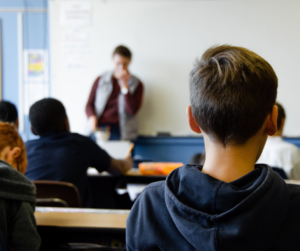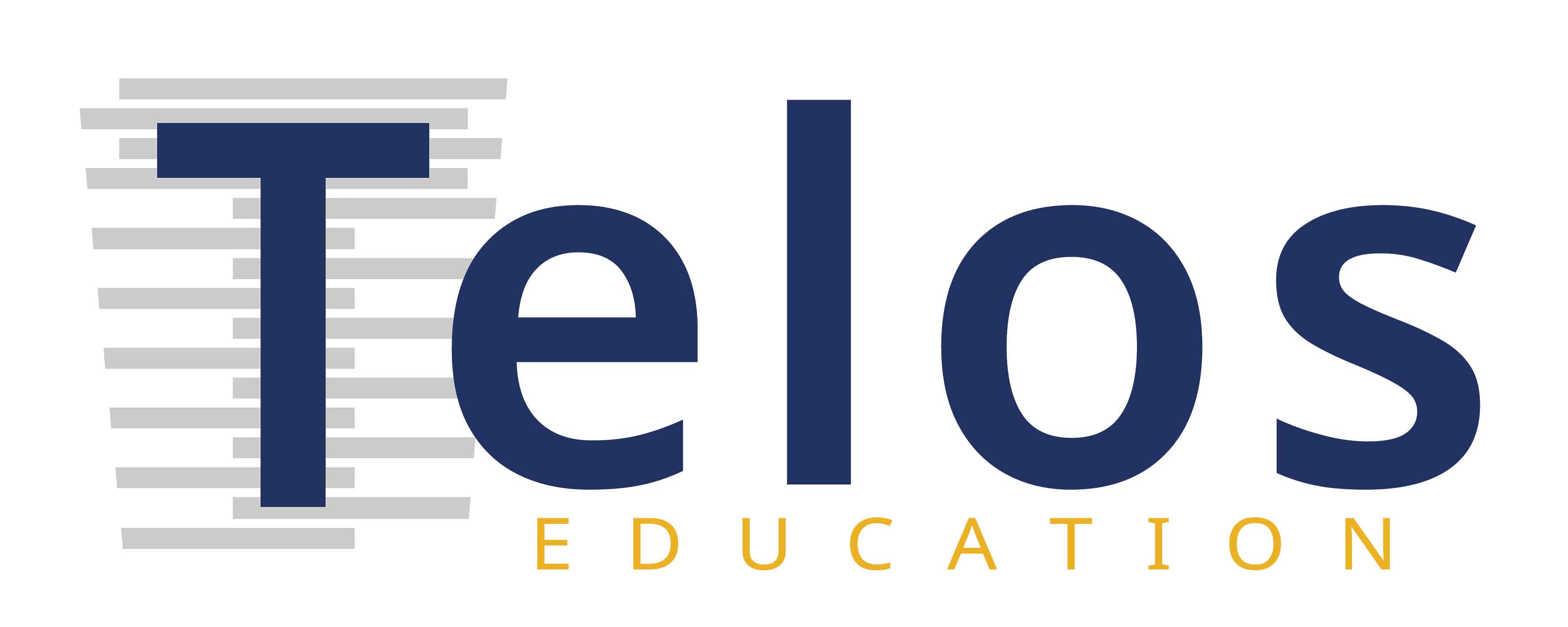
Kinaesthetic, Auditory, or Visual? What’s your Child’s Learning Style?
There is a fundamental truth to teaching, which is that every student is different. Many students require varied teaching strategies in order to maximise the efficiency of their learning. Whilst it is important teachers adapt to these learning styles, they often have to contend with large classes of pupils, where catering to individualistic learning styles is not always an option. Therefore, it is essential students become aware of the learning style best suited to them, which, of course, can differ depending on the subject they are studying. Generally speaking, everyone has a preferred style of learning, and should adapt their personal study routines in order to complement that style.
The three main learning styles are; kinaesthetic, auditory, and visual. You may have developed a natural understanding of your child’s learning style by being present as they progress along their educational journey. However, to speed up the process of discovering what works best for your child, an academic check up can provide an accurate and comprehensive view of their learning style, as well as other key insights into their academic abilities.
So, what are the different learning styles, and what can they mean for your child?
Kinaesthetic Learning
Kinaesthetic learning takes place through hands-on or physical experiences. ‘Kinaesthetic’ learners translate to ‘tactile’ learners, who utilise movement, testing, trial and error, and a more non-traditional learning environment to retain and recall information. Kinaesthetic learning can incorporate a combination of both auditory and visual elements, but often relies on physical interaction in order to keep a student fully engaged. Classroom-based learning often becomes less and less kinaesthetic as the students progress through the grades, and, in some styles of schooling, kinaesthetic learners may not be able to be catered for within the classroom. Experiential learning activities such as lab work, studying on computers, or even taking part in role playing exercises are excellent ways for kinaesthetic learners to remain focused and study more effectively.
Common Characteristics of a Kinaesthetic Learner:
- Prefers hands-on learning.
- May enjoy sports, or have strong athletic abilities.
- Finds it difficult to sit still for long periods of time.
- Learns more efficiently when physical activity is involved.
Auditory Learning
Auditory learning is a style of learning in which an individual retains information most proficiently through hearing and listening. They recall information more efficiently when it is conveyed through sound or speech, rather than in written form. Many auditory learners may experience challenges when things such as instructions or work outlines are presented to them in a written format. They feel more confident when instructions are conveyed verbally. Typically, an auditory learner will feel relatively comfortable in a classroom, as the traditional setting largely relies on verbal instruction from a teacher at the front of the classroom, or discussions between pupils and classmates. However, if the instructions are provided through written text, an auditory learner may quickly become fatigued and lose concentration.
Common Characteristics of an Auditory Learner:
- Can readily recall spoken information.
- Is more easily distracted by background noise.
- Can recall directions effectively when explained verbally.
- Might struggle to read body language.
Visual Learning
Visual learners refer to those who learn best through visual stimulation. They prefer to look for and absorb information, rather than receive it verbally or through physical interaction. Visual learners typically benefit from information presented in interesting ways; such as using videos, bright colours, pictures, and graphs. They often feel comfortable in the classroom setting, as classrooms are usually filled with items such as posters, projectors, PowerPoints, diagrams, bullet point reminders, and enticing colours. However, as previously mentioned, classrooms also rely largely on verbal instruction, which can cause visual learners to become easily disengaged when trying to understand new concepts or tasks.
Common Characteristics of a Visual Learner:
- Can often misinterpret spoken information, such as directions.
- May have strong artistic abilities.
- Can become easily distracted by sounds.
- Has a strong sense of colour.
Embracing Different Learning Styles
As parents and educators, it is important to recognise that learning never follows a ‘one-size-fits-all’ approach. By embracing the concept of individualistic learning styles, students can optimise their study habits and incorporate activities which may not necessarily be included in the classroom setting, but allow them to truly reap the benefits of their study routines. Your child may learn more efficiently through a completely different method from you, and that’s alright. Help them discover what works best for their own needs, and reassure them that it’s alright to explore different styles of learning. What matters most is that your child feels comfortable with their adopted learning style, and is able to retain and apply the knowledge from the material they study.
© 2022 Telos Education
